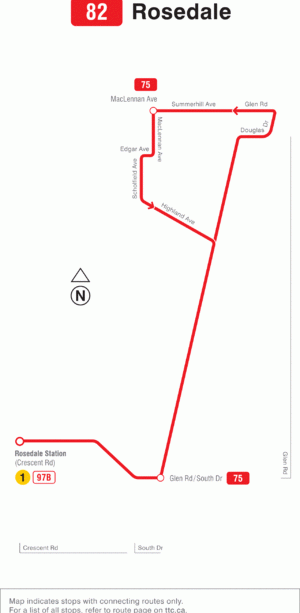TTC: Recent Developments and Future Changes

Introduction to the TTC
The Toronto Transit Commission (TTC) is an essential component of daily life for millions of Toronto residents, providing public transit services across the city. As one of the largest and busiest transit systems in North America, the TTC is integral to easing traffic congestion and promoting sustainable urban transport. Recent updates regarding service changes, infrastructure developments, and funding have shown how the TTC is evolving to meet the needs of a growing population and increasingly urbanized environment.
Recent Updates and Changes
In recent months, the TTC has announced several key changes to its services aimed at improving operational efficiency and enhancing user experience. As of October 2023, the commission has implemented a revised schedule that includes increased frequency on some bus and streetcar lines during peak hours to accommodate rising ridership levels. This aligns with the city’s objectives of encouraging public transit use post-pandemic.
Additionally, in an effort to modernize its fleet, the TTC has commenced testing of new electric buses. This initiative is part of a broader commitment to reduce greenhouse gas emissions and improve air quality throughout Toronto. The electric buses are expected to roll out in early 2024, following extensive trials that have shown promising results.
Infrastructure Developments
Infrastructure improvements are also underway. The TTC has allocated funding to upgrade aging subway stations and enhance accessibility features, complying with the Accessibility for Ontarians with Disabilities Act (AODA). Key stations such as Union and St. George are undergoing significant renovations, expected to be completed by late 2024. These upgrades include the installation of elevators, new signage, and tactile strip installations on platforms to assist visually impaired riders.
Future Outlook
Looking ahead, the TTC faces both challenges and opportunities. With funding from the provincial government, further expansions of the subway line are in the planning stages. The proposed Relief Line, aimed at alleviating congestion on the Yonge subway line, has received preliminary approval, providing a glimmer of hope for significant transit improvements in the coming years.
Furthermore, public outreach initiatives are in place to engage residents in discussions about future transit developments and improvements, ensuring the needs and concerns of the community are heard. Increased public engagement is expected to foster greater acceptance and support for the changes ahead.
Conclusion
The future of the Toronto Transit Commission holds substantial promise as it continues to enhance its services and infrastructure. With ongoing efforts to modernize operations and expand its reach, the TTC remains committed to serving as a reliable and efficient transportation option for Torontonians. As the city grows, so too must its public transit solutions, making the TTC’s evolution crucial for sustainable urban development.








